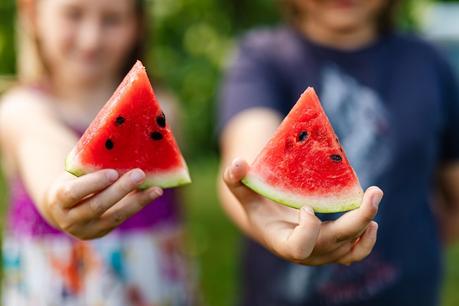
We all want our children to be as happy and healthy as can be. Sure, sometimes this can be out of our hands, but when it comes to their health, there are lots of steps you can take to protect them and to help them lead the most healthy lifestyle possible. Here are some suggestions that can give you areas to focus on.
Dental Visits
Getting your child into the swing of going to the dentist is extremely important. You need to make sure that they are attending from the moment their first teeth come through. Of course, you want to look for someone who specialises in children’s teeth. This could be a family dentist or it could be a more niche specialist if your child has dental problems, such as a pediatric dental surgeon or orthodontist. Ask your dentist how often you should attend. Generally, the recommendation is once every six months, so book them in alongside your usual six monthly check up for yourself. If you need to head back for further treatment for them or other discussions, your dentist will let you know.
Childhood Vaccinations
Vaccinations have been big news over the last couple of years due to the coronavirus and Covid-19 pandemic, but as a parent, you will have found yourself booking in a whole host of different vaccines for your kids regardless of the pandemic. As your children are relatively new to the world, there are all sorts of vaccines that they need in order to avoid serious illness and to create a sense of herd immunity. By vaccinating your kids against some key illnesses, you don’t just protect them. You also protect others who may not be able to get vaccinated. Talk to your doctor about what your children need. Generally speaking, before the age of eight weeks old, your newborn should have a six in one vaccine that will protect them against diphtheria, hepatitis B, Hib, polio, tetanus and whooping cough. They will also need a rotavirus vaccine and a menB vaccine. By the age of twelve weeks they should have had a second dose of their six in one and a second dose of their rotavirus, plus a PCV vaccine. By 16 weeks, it’s time for their third dose of six in one and second dose of menB. They then have a break until they are one, when they will receive a Hib/MenC vaccine, MMR (for measles, mumps and rubella), a second dose of their PCV and a third dose of their MenB. Between two and ten years old, they may receive an annual flu vaccine. By three years and four months a second dose of MMR and a pre school booster are recommended. Between 12 and 13, a HPV vaccine may be given and by 14 years old, they will have a teenage booster and MenACWY. This seems like a lot, but it will all help to maximize their health and wellbeing by protecting them.
Hopefully, these starter steps will help to get this journey started out in the right direction. Incorporate them into your schedule and your children will benefit!
Thank you for reading!


